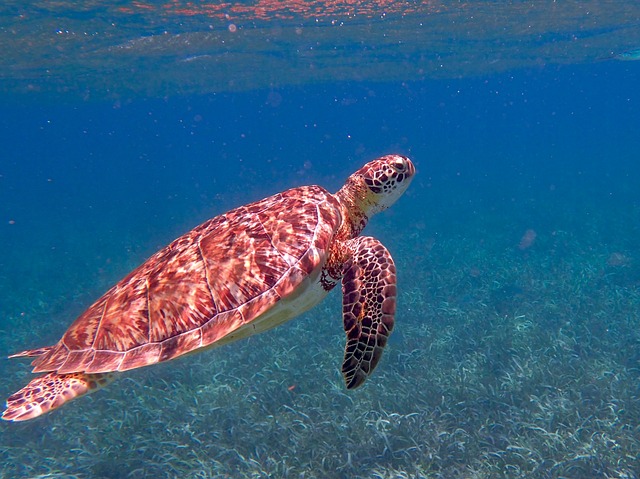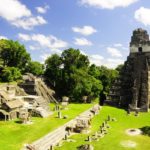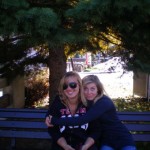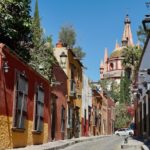Live and Let Live in Belize

Trying to capture the uniqueness that is Belize is like trying to catch a glimpse of their national symbol, the elusive Toucan. Its vibrant tapestry of colors embodies a stunning rainbow of cultures, flora and fauna that live in Belize in impossible harmony on just over 8,000 square miles beside the Caribbean Sea.
Even as a tourist, I wasn’t prepared for the level of warmth radiating from everyone I encountered; not just to me, in fact, but towards each other too. The people of Belize frequently engage in spontaneous conversation, easily jumping between languages in midstream to accommodate each other. Everyone seems to know one another – and, maybe they do. Even the small international airport felt like one big block party.
The coconut-strewn Placencia Peninsula along the southern coast is more than just a festive, tropical destination – it’s home to the Garifuna people. They are descendants of the Caribs, Awoks and West Africans exiled from the Bay Islands by the British in 1802. They have their own language, and there are also Mestizo people, a mix of Mayan and Spanish who fled Yucatan during the Caste War, as well as Creole people, the product of 18th century unions between European settlers and Africans, who speak Kriol. Throw East Indians and Chinese into the mix and Belize is a very diverse country.
I was struck by the immediate incongruity of the vibrant neighborhoods and small communities that, until recently, hosted backpackers and tourists in small-scale guesthouses. Now, there is an attempt to apply a sleek patina of exclusive resort culture to the towns. Construction is everywhere, but many developments have been abandoned in mid-project. This adds to the feeling that Belize is a special place, hanging onto its essence in the face of an invading army of real-estate agents and construction workers.
Canoeing through a dark cave into the Mayan “underworld”; the sudden realization that a large tree branch is actually a sunning iguana stoically staring you down; the far away calls of parrots across the river as dusk falls.
Exploring a small part of the Cayo region – forest, mountains and Mayan culture – I could still catch glimpses of an ancient mystery. Canoeing through a dark cave into the Mayan “underworld”; the sudden realization that a large tree branch is actually a sunning iguana stoically staring you down; the far away calls of parrots across the river as dusk falls. Still, everywhere were signs advertising upcoming resort developments.
This pageantry of elite escapism colliding with the organic, relaxed magic of Belize gave me pause. I came to Belize not just to experience the nature, wildlife and cultures, but to scope it out as a possible future place to call home. I was thinking about buying a small vacation rental to supplement my income. This made me somewhat different from a tourist. But as diverse, warm and welcoming as Belize is, how could I ever be more than an outsider? More importantly, would this kind of participation do more harm than good?
This internal struggle is not new, especially to those seeking a new home in parts of the world experiencing the growing pains that have seemingly become inevitable. It certainly isn’t new to a life-long nomad like myself, who rarely experiences that elusive feeling of “belonging”. But, it’s real. And there are no answers (that I know of anyway) to this dilemma. I was heartened to meet some ex-pats who were actively engaged in their communities, which would be something to aspire to if Belize did become a part of my life.
Fireflies have all but disappeared in New Hampshire. But in Belize, cicadas still emerge every year in deafening multitudes – a staggering reminder of the enduring, hidden forces of place.









